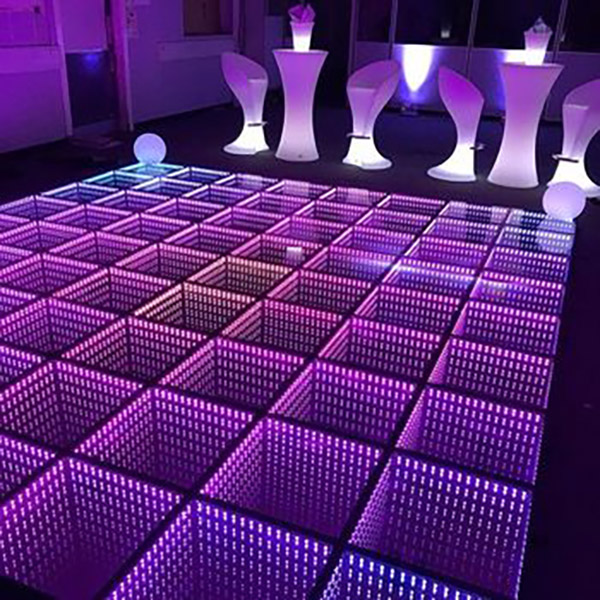Exploring these Influence of External Factors shaping the Performance of Performance Surfaces across Various Contexts
Movement surfaces are an essential component of many communal environments, including nightclubs, community centers, and event venues. The durability of these performance surfaces can be significantly affected by various surrounding factors. Recognizing these influences can assist managers and administrators preserve their dance floors in good condition, ensuring a safe and enjoyable experience for everyone. This article will explore key external factors such as moisture, climate, pedestrian activity, and upkeep practices.
Humidity holds a critical role in the health of performance surfaces, particularly those made from timber. When moisture levels are elevated, timber surfaces can absorb moisture, resulting in distortion and bending. Conversely, low humidity can lead timber to lose moisture and crack. Dance floor managers should monitor humidity levels and think about employing dehumidifiers or humidifiers as needed to preserve a balanced environment. Adequate airflow is also essential because it assists in control moisture levels. Maintaining that the space has sufficient airflow can prolong the life of the dance surface.
Climate is another important factor affecting the durability of performance surfaces. Extreme heat can cause flooring components to swell, while low climates can result in shrinking. Dance floors need to be kept at a stable temperature to avoid damage. Additionally, when performance floors are subjected to constant UV rays for prolonged durations, they may fade or become discolored. Installing shades or placing safeguarding barriers go to this site when the area is not in operation can help shielding the dance floor from harmful sun exposure and temperature fluctuations.
Pedestrian activity is an inevitable aspect of any performance surface’s lifespan. The type and frequency of usage significantly impact deterioration on the flooring. High-traffic sections are more likely to show signs of wear such as scuffs, abrasions, or dents. To mitigate this issue, it is advisable for venue managers to rotate events or assign specific zones for various browse around this website activities. Placing protective mats in front of entryways can also minimize dirt and particles being brought onto the dance surface, which accelerates deterioration.
Consistent maintenance is essential for preserving dance surfaces across different settings. This involves regular cleaning to eliminate dirt and debris that can damage surfaces, as well as using the appropriate coating or sealant to safeguard against spills and marks. A properly cared-for dance surface not only looks improved but also provides a more secure environment for performers by reducing slips and falls. Creating a maintenance plan that incorporates inspections and fixes will assist in ensure that any issues are resolved quickly before they worsen.
In closing, environmental factors such as moisture levels, climate, usage patterns, and maintenance methods significantly impact the lifespan of performance surfaces in multiple settings. By recognizing these variables and implementing preventive measures, venue operators can enhance the long-term performance of their flooring systems. This not only guarantees a more durable life for the flooring material but also creates a safer and better environment for all who use it.